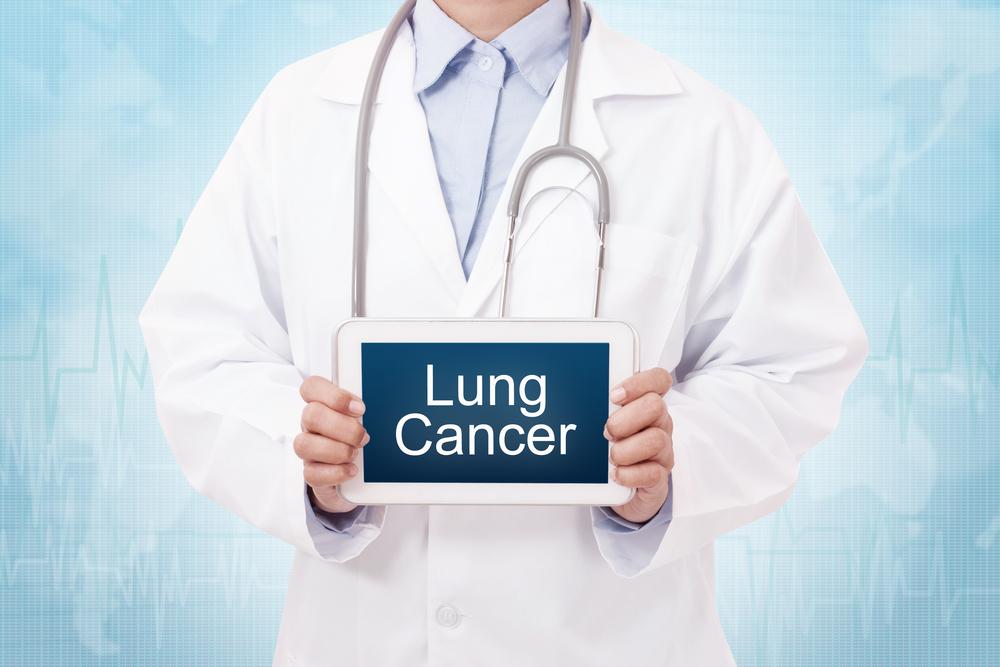Treatments for Lung Cancer
The treatments for lung cancer are generally extensive. A few people will be lucky enough to have a small tumor that makes them a candidate for stereotactic body radiotherapy. This is a form of radiation in which the tumor is radiated from several different angles and only works for people who have only one small tumor. Sometimes the tumor can be zapped into oblivion in two to five sessions on an outpatient basis.

One third of patients diagnosed with lung cancer have caught the disease early enough to eradicate it with surgery. In performing surgery, physicians will remove as little of the lung as possible. In some cases, they will remove only a wedge of a lung, in other cases, a lobe of the lung will be removed. In severe cases, the patient may have to sacrifice an entire lung. Because lung cancer so often spreads to other parts of the body, surgeons performing a lung resection will likely also remove lymph nodes which are sent to the laboratory for examination to determine if the cancer has metastasized. Future treatments may well be based on what is discovered from these lymph node extractions.
A patient who has lost part or all of a lung will have more difficulty breathing than he or she did before surgery. Most post-op lung cancer patients will need some kind of physical therapy or oxygen treatments to mitigate breathing difficulty. The good news, though, is that even patients who have lost an entire lung can live normal lives. Lung tissue expands, so the remaining lung tissue will compensate for the lost tissue.
Post-op patients also help their recovery by building up their overall body strength. When other muscles of the body are in good shape, they take pressure off the lungs, making it easier for the patient to breathe.
The bad news is that a lung cancer patient who is struggling to breathe after surgery may well need further immediate treatment. If extracted lymph nodes show that the cancer has spread beyond the lungs, the cancer will probably be diagnosed as advanced. Standard treatment at this point in the disease involves radiation or chemotherapy or possibly both at the same time.
Radiation , which infuses the patient’s body with x-ray like beams or injections, is often a next step. Radiation is also sometimes used prior to surgery to shrink tumors. This will increase the chances of a successful outcome and make the surgery less devastating. Because many lung cancer patients are too debilitated to withstand surgery safely, radiation is sometimes used as an alternative to surgery.
Chemotherapy , which infuses a patient’s body with cancer-killing chemicals via the bloodstream, may also be part of the picture. Many patients fear the nausea and fatigue that accompany chemo, but innovations in medicine have made it possible to mitigate these side effects much more effectively than could be done a few years ago.
Patients with advanced lung cancer sometimes wonder why they can’t get a lung transplant. One reason is that patients with compromised lungs and breathing problems are generally not good candidates for catastrophic surgery. To speak plainly, their chances of surviving a transplant are not good enough for most transplant committees who must choose which patients will get the small number of organs they have available. Organ transplantation also requires drug-induced immune suppression for the rest of the transplant patient’s life. The drugs used to suppress immunity can accelerate cancer, turning micro-tumors into life-threatening tumors.
The exact type of treatment a patient receives for his or her lung cancer depends to a great extent on what kind of lung cancer has emerged. There are two types of lung cancer: small cell and non-small cell. People who smoke or are exposed to radon are at risk for either type of cancer. Their symptoms and diagnosis are more or less identical; treatments, however, are somewhat different.




